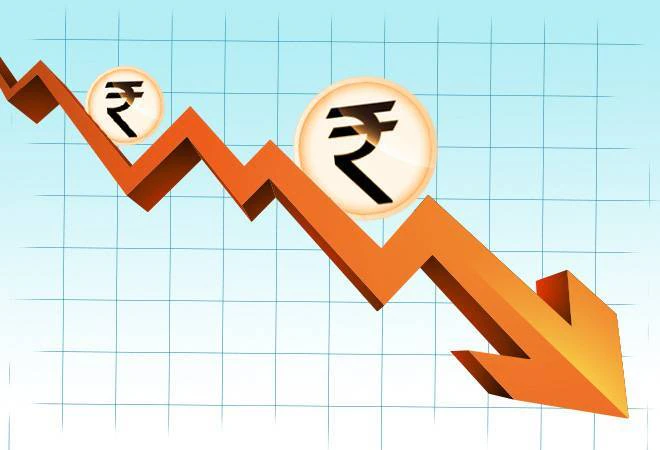India’s Rooftop Solar Potential
Context:
India’s rooftop solar (RTS) sector is gaining significant attention due to its potential to revolutionise the country’s energy landscape.
More in News:
- With a current installed capacity of 11.87 GW as of March 2024, RTS has seen substantial growth, adding 2.99 GW in the 2023-2024 period alone.
- To meet India’s ambitious renewable energy targets, rooftop solar plays a crucial role, aiming to contribute 100 GW out of the 500 GW renewable energy capacity target by 2030.

About Rooftop Solar (RTS) Programme:
The Rooftop Solar (RTS) programme under the Jawaharlal Nehru National Solar Mission (JNNSM), launched in January 2010, aimed to achieve several key objectives:
- Promotion of Solar Energy: The primary objective was to promote the growth of solar energy in India, specifically through rooftop installations, to reduce dependence on fossil fuels and mitigate environmental impact.
- Capacity Targets: Initially set at 20 GW of solar energy (including RTS) across three phases (2010-2013, 2013-2017, and 2017-2022), the targets were revised in 2015 to scale up to 100 GW by 2022, with a significant component dedicated to rooftop solar.
Other Related Schemes:
Significance of India’s potential in RTS:
- Energy Independence and Sustainability: RTS promotes sustainable energy practices, decentralises power generation, and reduces dependency on fossil fuels, contributing to India’s energy security.
- Affordability and Accessibility: By providing free electricity to households, particularly in rural and underserved areas, the scheme enhances access to clean energy, improving quality of life and economic opportunities.
- Financial Incentives and Technological Advances: Continuous improvements in solar panel efficiency, cost-effectiveness, and innovative financing options have made RTS more economically viable and attractive to consumers and businesses alike.
- Awareness and Training Programmes: Efforts in raising awareness about the benefits of RTS and training programmes to build a skilled workforce have been critical in supporting the growth of rooftop solar installations across various states and union territories.
Aspect of Rooftop Solar Index: The Rooftop Solar Index evaluates state-based policies and their effectiveness in promoting rooftop solar installations. Key aspects assessed include:
Key Challenges:
- Challenges in Uttar Pradesh, Bihar, and Jharkhand:
-
- Despite achievements, India’s overall RTS potential remains largely untapped, estimated at approximately 796 GW.
-
- States like Uttar Pradesh, Bihar, and Jharkhand face challenges in fully leveraging their RTS potential.
-
- Issues include bureaucratic hurdles, inadequate infrastructure, and low public awareness, hindering widespread adoption of rooftop solar despite ample solar irradiance.
- Regulatory and Administrative Hurdles:
- Streamlining approvals and regulatory clearances remains crucial to accelerating RTS installations and achieving targets effectively.
- Future Targets (2030 and Beyond):
-
- To meet India’s ambitious target of installing 500 GW of renewable energy capacity by 2030, with a significant solar component, RTS will need to contribute about 100 GW.
-
- This underscores the critical role of rooftop solar in achieving broader energy security and sustainability goals, including net-zero emissions by 2070.
Way Forward:
- Enhanced Awareness Campaigns: Strengthening grassroots-level awareness campaigns and door-to-door promotion to educate consumers about the benefits and feasibility of RTS.
- Economic Viability: Continued focus on making RTS economically viable through subsidies and low-cost financing options to attract more consumers.
- Technological Advancements: Investing in research and development of solar technology, energy storage solutions, and smart grid infrastructure to improve the efficiency and reliability of RTS systems.
- Policy Review and Update: Regular review and updating of RTS policies, including net-metering regulations and grid-integration standards, to address emerging challenges and ensure smooth implementation of schemes like Muft Bijli Yojana.


